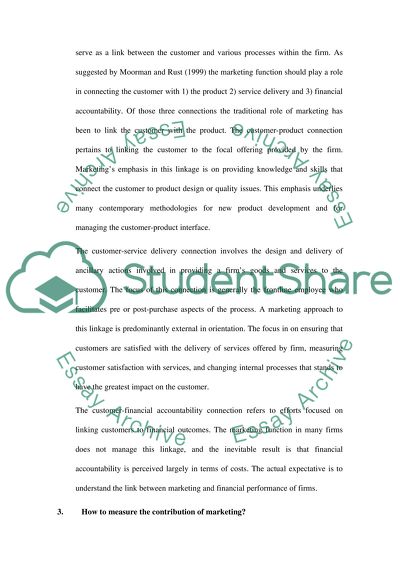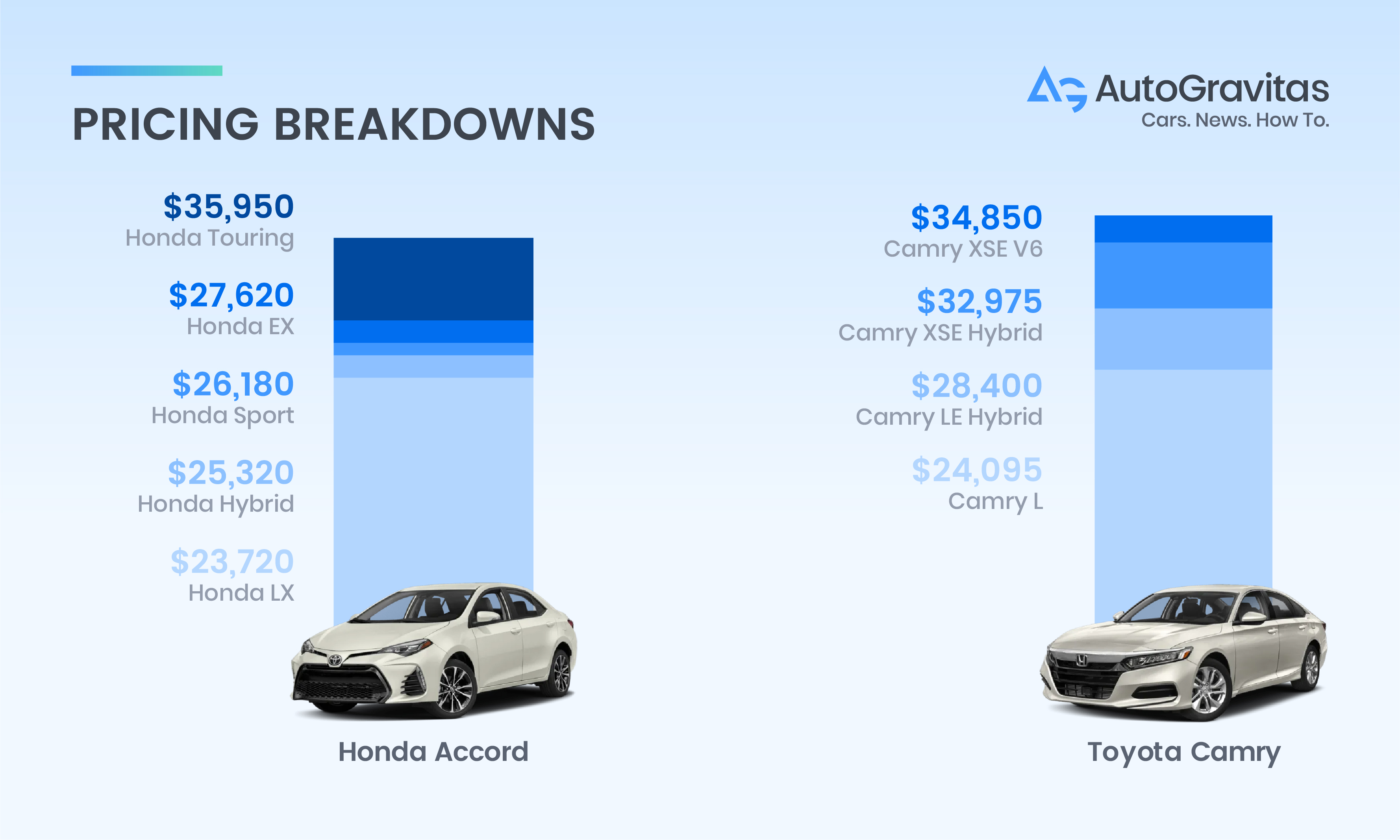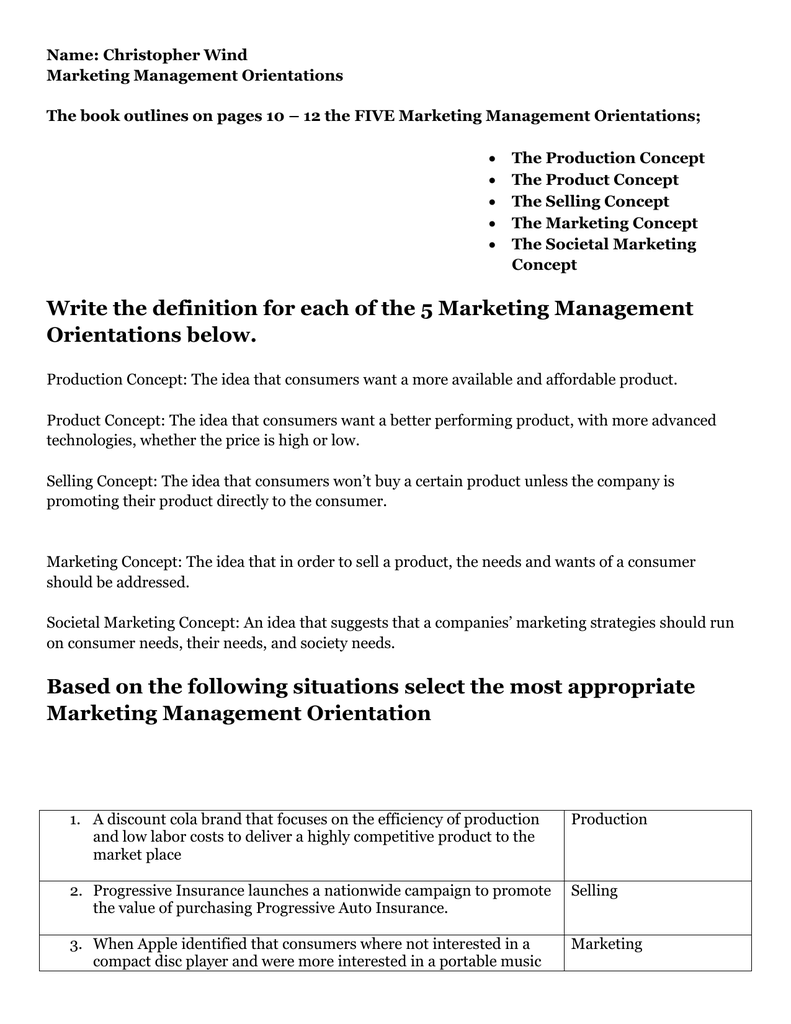Marketing orientation is a business philosophy that focuses on identifying and meeting the needs and wants of customers. It involves gathering and analyzing information about target markets, developing marketing strategies, and implementing marketing campaigns to reach and satisfy customers. While marketing orientation can be a valuable approach for businesses, it also comes with costs that must be carefully considered.
One cost of marketing orientation is the time and resources required to gather and analyze customer data. This process typically involves conducting market research, which can be expensive and time-consuming. Companies may need to hire market research firms or allocate staff time to collect and analyze data about target markets, which can be a significant investment.
Another cost of marketing orientation is the development of marketing strategies and campaigns. This process often requires the input and expertise of marketing professionals, who may need to be hired or contracted to help design and implement marketing efforts. Marketing strategies and campaigns also require financial resources, such as advertising budgets, to be effective.
In addition to the time and financial costs of marketing orientation, there are also potential opportunity costs to consider. For example, if a company focuses heavily on marketing, it may neglect other areas of the business, such as product development or customer service. This could result in missed opportunities or a decline in the overall quality of the business.
Finally, there is the risk that marketing efforts may not be effective in reaching or satisfying customers. Companies may spend significant resources on marketing campaigns that fail to generate the desired results, resulting in a waste of time and money.
In conclusion, while marketing orientation can be a valuable approach for businesses, it also comes with costs that must be carefully considered. These costs include the time and resources required to gather and analyze customer data, the development of marketing strategies and campaigns, potential opportunity costs, and the risk of ineffective marketing efforts. To maximize the benefits of marketing orientation, companies must carefully weigh the costs against the potential rewards and make informed decisions about how to allocate their resources.







